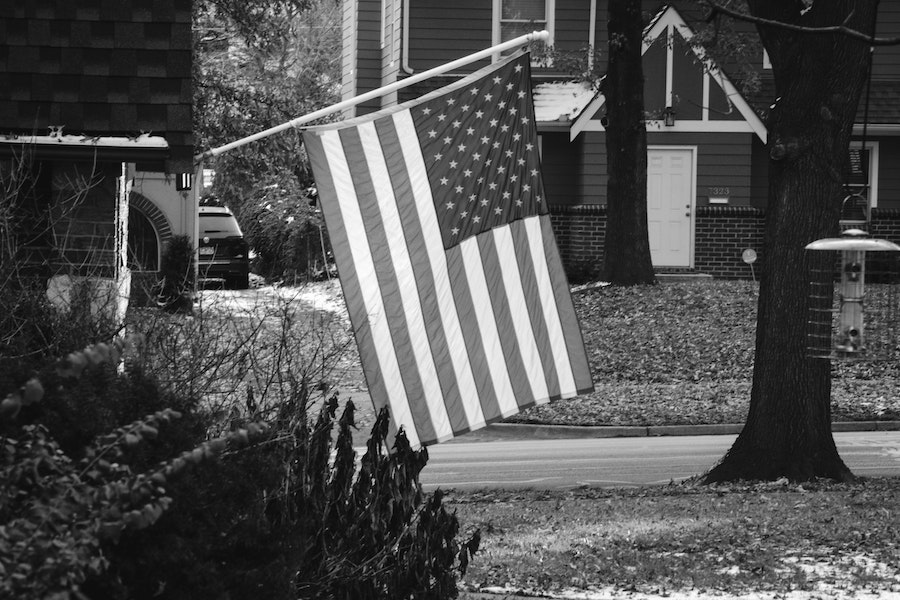US home sales are soaring, and even renters now favour suburban units with ample space for home-working. Should urban landlords be worried?
A growing trend in the US housing market is the search for more space, light and air. It is evidenced by increased US home-buying numbers as well as early indications of the success of inner-suburban multi-family rental communities. In addition, renters and owners are more closely considering how their living space will also function as a home-working space.
Writing from my family vacation home in Montana, I am reminded of the ever-present longing of Americans for ‘wide open spaces’. Have you heard the popular 1940s song ‘Don’t Fence Me In’? Based on a poem by Bob Fletcher, an engineer with the Department of Highways in Helena, Montana, it was co-written with Cole Porter. “Give me land, lots of land,” the lyrics go. “Don’t fence me in!”
With or without the pandemic, demographic trends – in other words, the maturing Millennials – would logically support a search for ‘wide open spaces’ in the form of home-ownership and a move to the suburbs. This trend has been slow to develop, however, and home-ownership only started gradually rising in early 2016 after hitting a 51-year low. At the end of 2Q 2020 the US registered its largest jump in home-ownership in recorded history. At 67.9%, US home-ownership is now back at 2008 levels. In addition, monthly single-family home starts in June are down by only 4% year-on-year, in spite of the challenges posed by the pandemic for construction. In June 2020 new home sales in the US were the highest they have been since 2008.
In June 2020 new home sales in the US were
the highest they have been since 2008
What does that imply for the success of US multi-family home investments? Barings’ multi-family portfolio has been faring quite well, and the performance of our apartments in markets like Denver and Boston has exceeded expectations. In these markets we own low-rise apartment properties in inner suburbs that offer easy access to employment nodes. Land in the suburbs is generally less expensive, and building low-rise is less sophisticated, leading to a lower cost basis and lower rents. The affordability offered by these properties over high-rise urban apartments has become very attractive in the current economic environment. As a result, we expect occupancies to remain high at these locations and rents to be firm or to slightly increase.
Another apartment trend observed is renter focus on unit size and the ability of the unit to provide a comfortable home-working environment, as well as the apartment community’s capability to support a significant number of renters working from home at the same time. Is there enough wifi? Package lockers? Access to outdoors? Light and air?
Should US multi-family home investors be concerned about the impact of increased home-buying and the preference trend towards the inner suburbs? It depends. While in the short run, these market trends will influence apartment demand and rent growth, over time increased home-buying has always been an economic engine for the US economy. Right now we could use that, and eventually its positive impact will spread throughout the housing market, whether single-family or multi-family.







